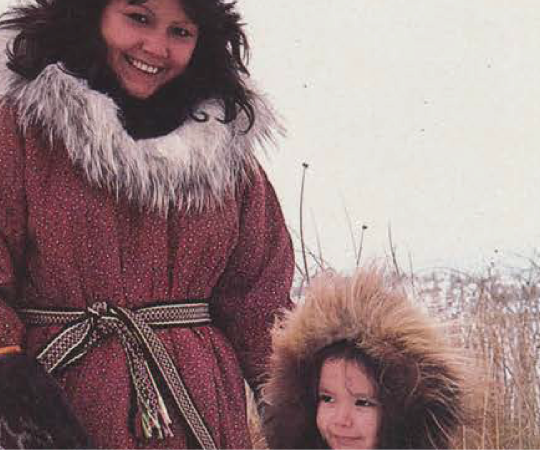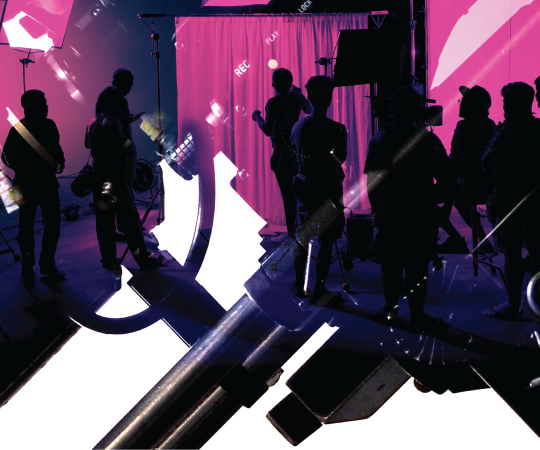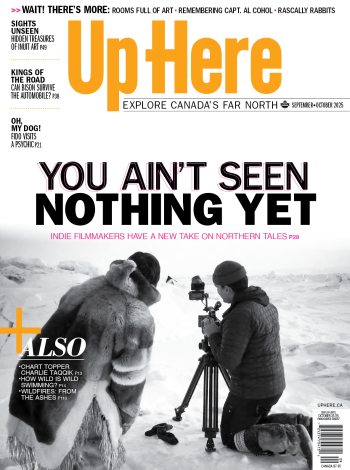Ah, April in Arviat… Parkas are steeped in a cologne of two-stroke fumes and there’s a hum of vzzz-vz-vz-vz-vzzz in the air from everything the sure and steady 250cc Yamaha Bravo can muster. It’s springtime in the Bravo Capital of Nunavut.
The stoic Bravo had a solid 30-year run until Yamaha stopped manufacturing it in 2012. Remarkably, there isn’t a huge market for small, slow snowmobiles, yet the Bravo 250 had its selling points. They cost less than half the price of most other snowmobiles, and out on the land you can trust your life on its simple engine—not much can go wrong with one cylinder. “Even in minus-50, pull the primer a few times and it’ll start,” says Bravo racer Jordan St. John. “You can put five people on them and it’ll still go. They never quit.”
Bravo strongholds remain, dotting the North with clubs and races. In Arviat, the Bravo’s used for everything from hunting to grocery hauling. It’s baby’s first snowmobile. And in April, Arviatmiut crowd the shore to watch more than 100 racers in the local Bravo Club’s cross-country race. This year is the 10th annual. “Bravo racing is pretty big here,” says St. John. Like other racers, he spends much of April fine-tuning his machine. Race rules require only a bona fide Bravo motor—how you trick that out is up to you.
The mods to St. John’s ’07 model are confidential, though there isn’t a lot you can do but oversize the pistons, toy with the clutch gears and rivet the body. That can take a stock engine, if you really lean it out, to a maximum 95 kilometres per hour on a clear stretch. Most racers can get up to that, and use their machine exclusively to race. “It took me about four years to get it right,” St. John confides. It paid off: he won the men’s division last year. (His spouse, Chelsey Kaludjak, won the women’s.)










